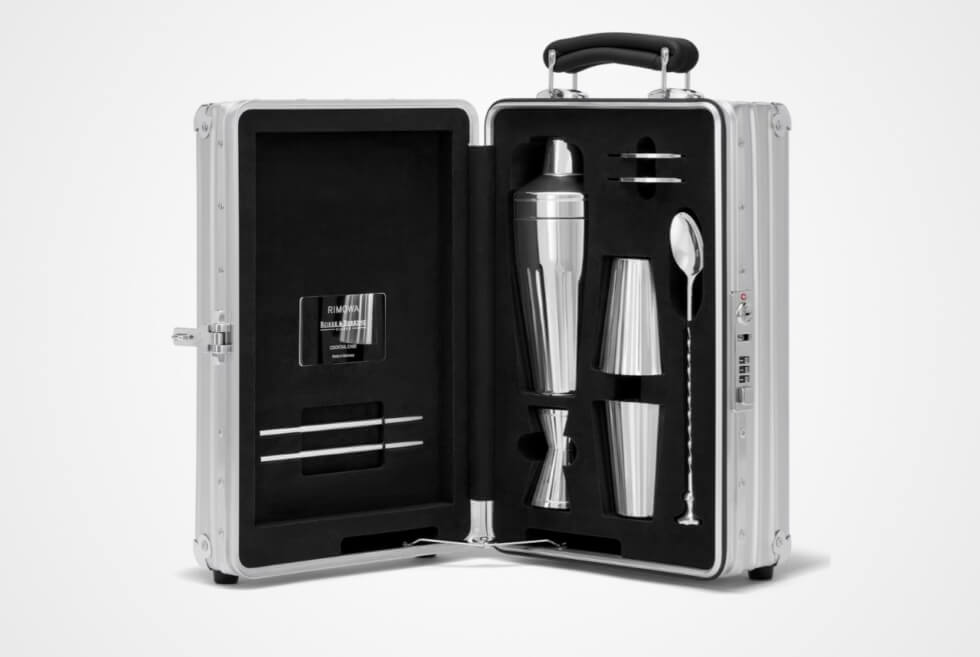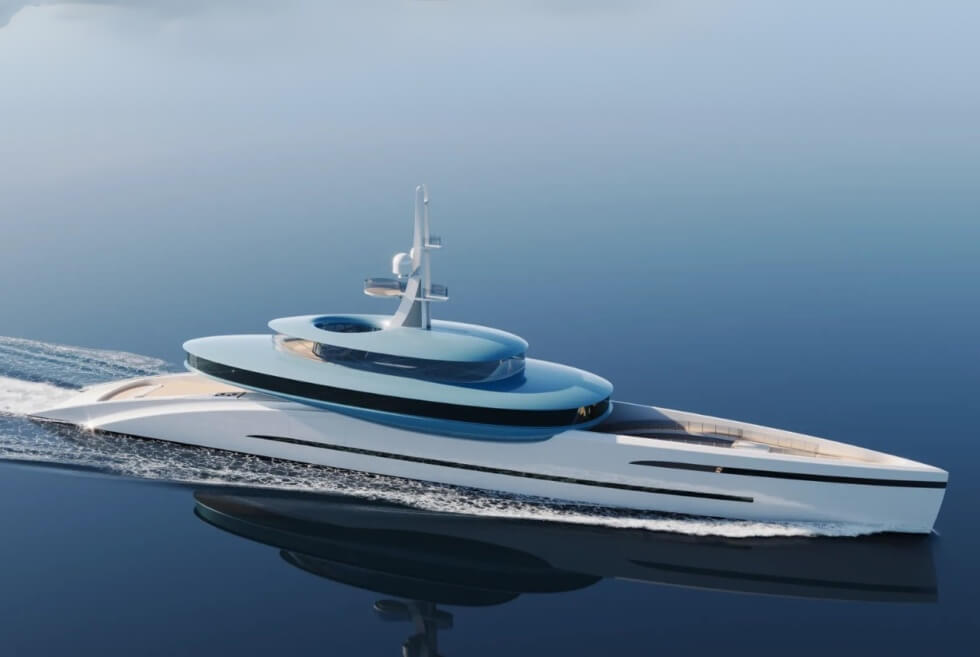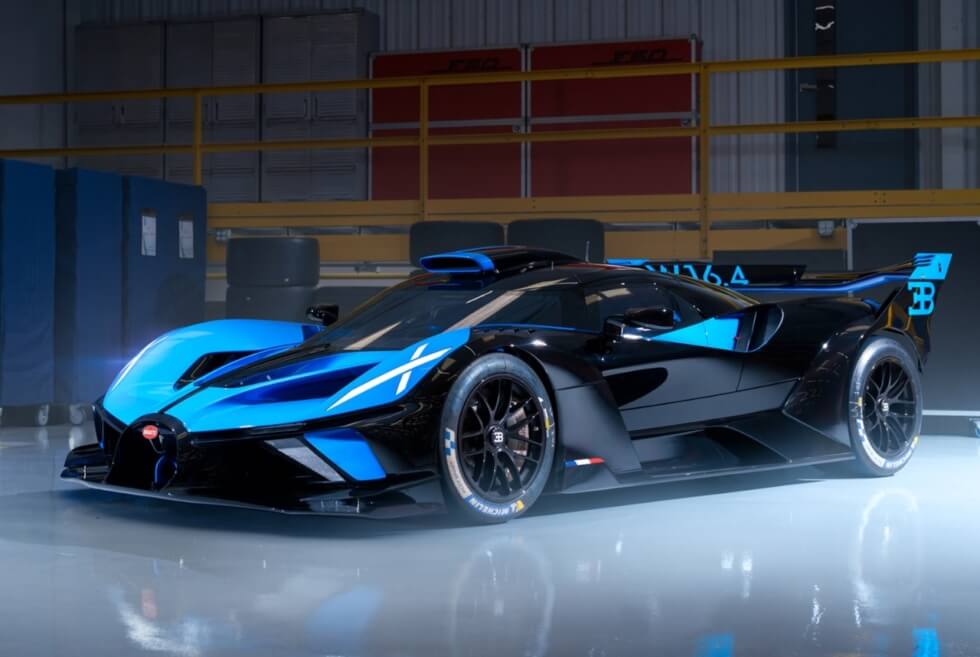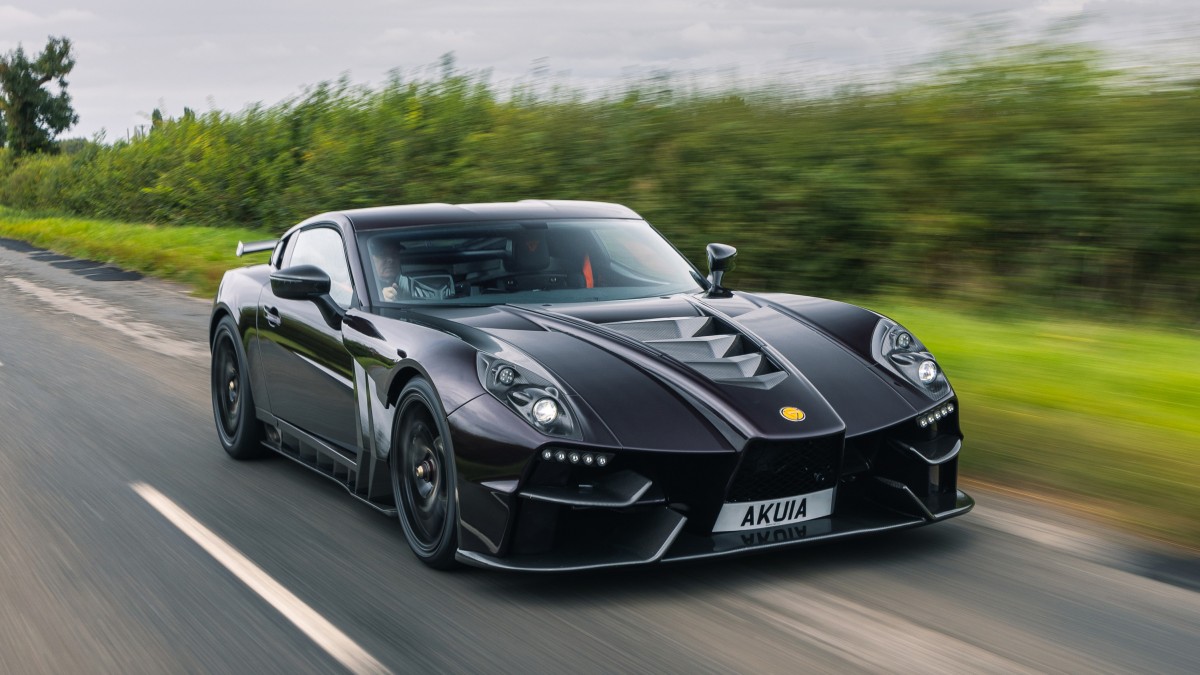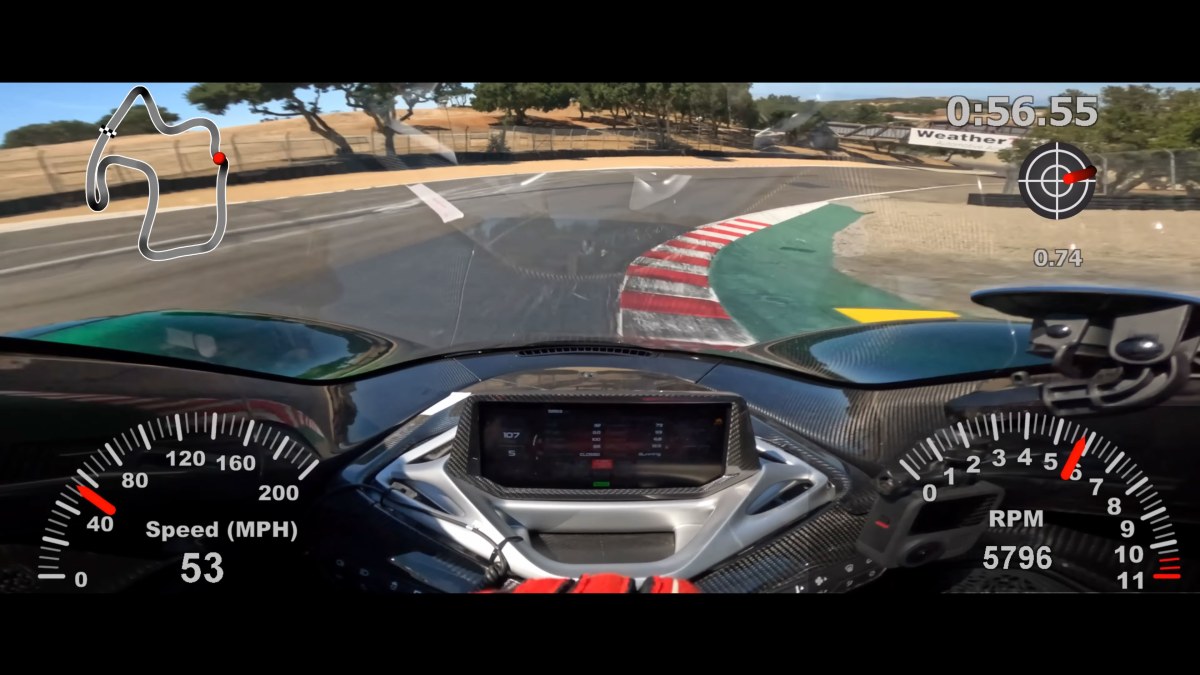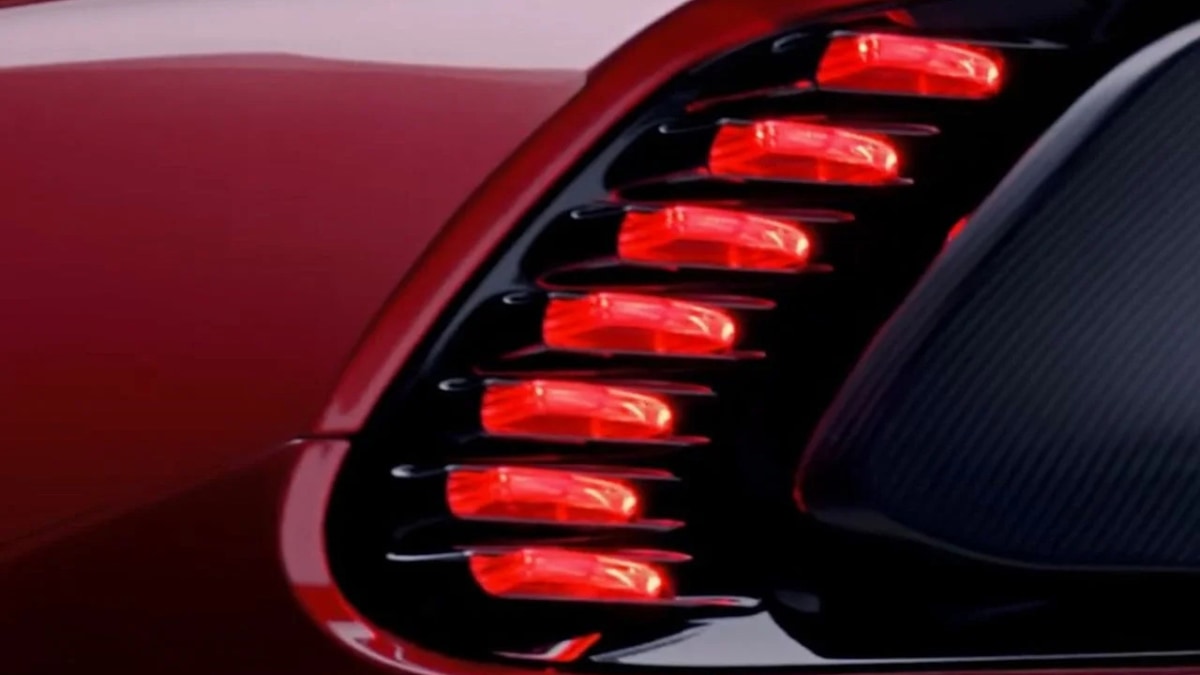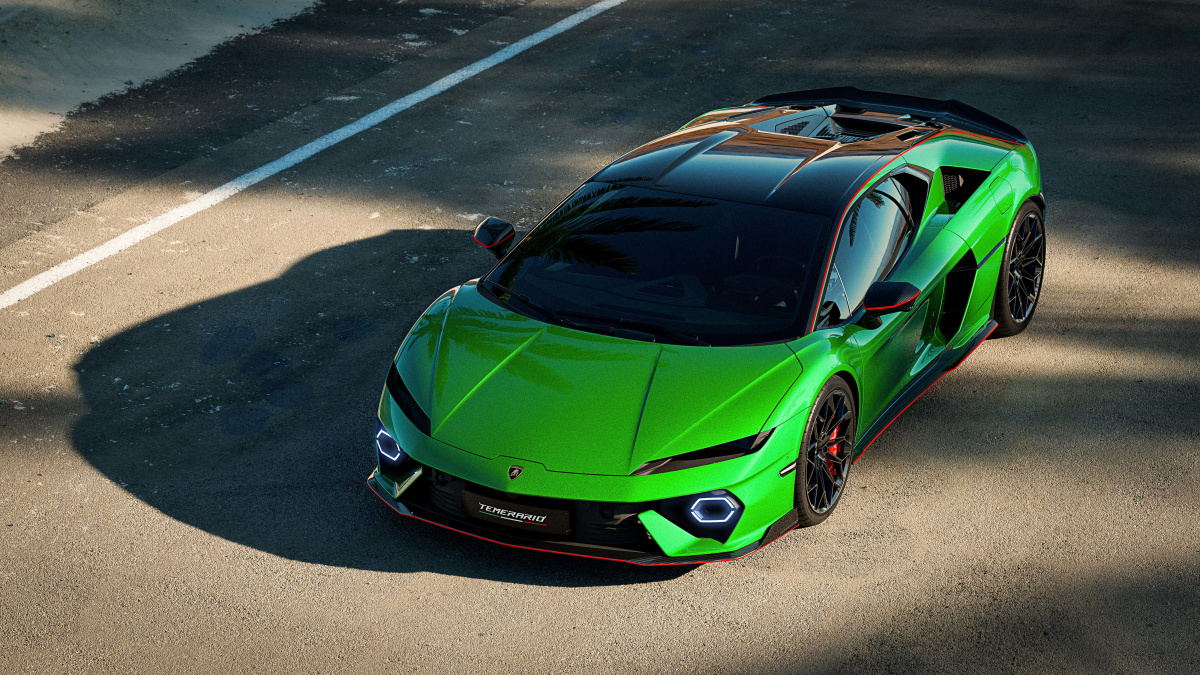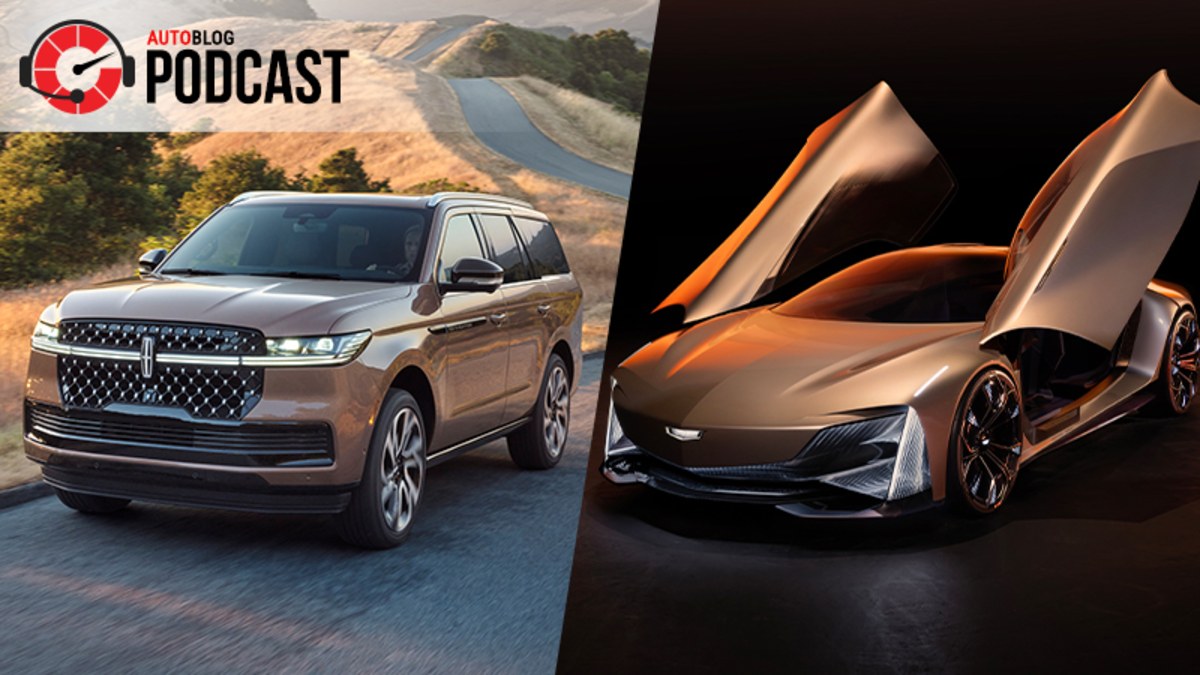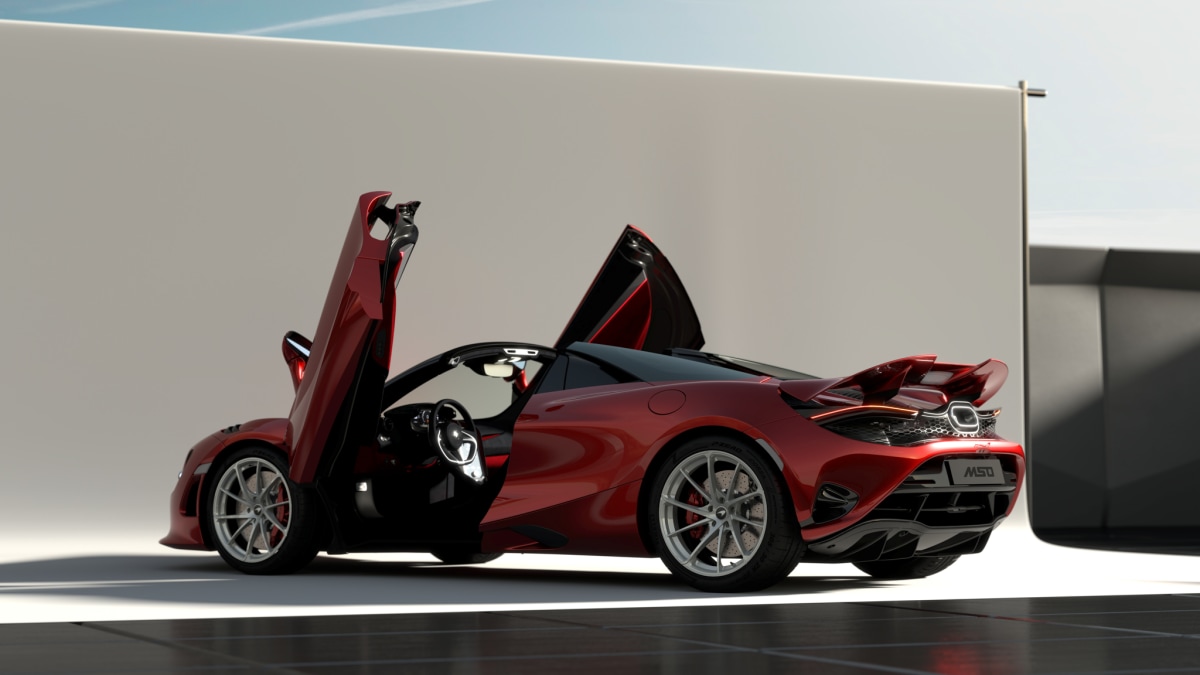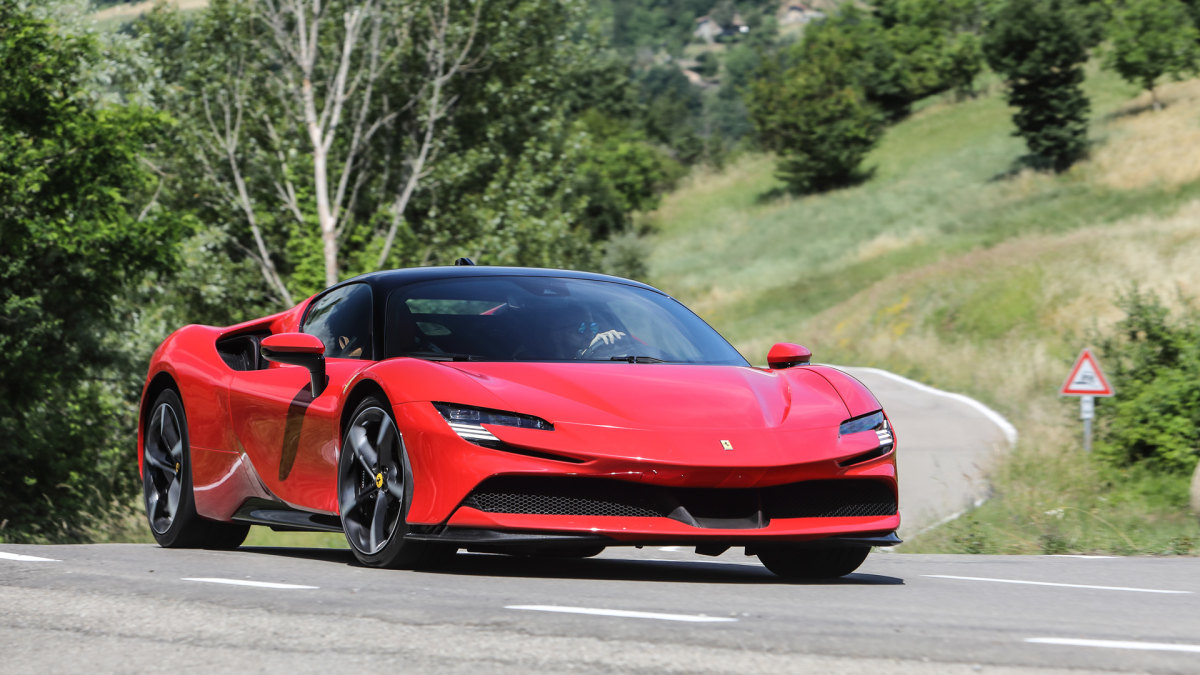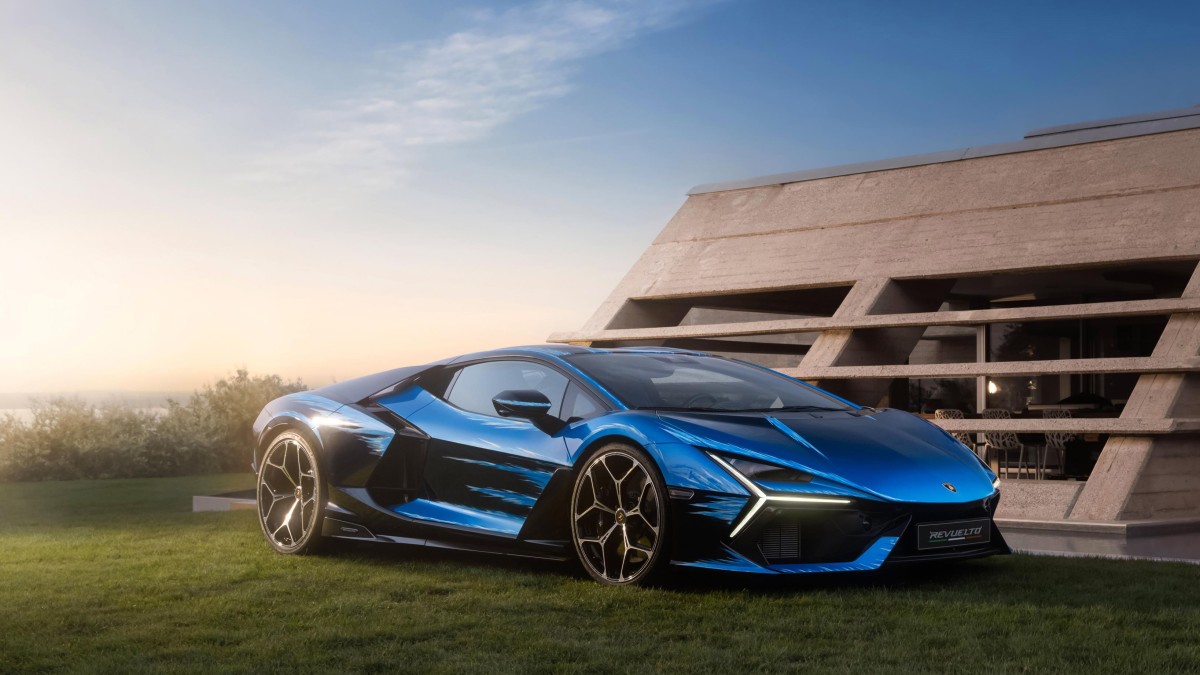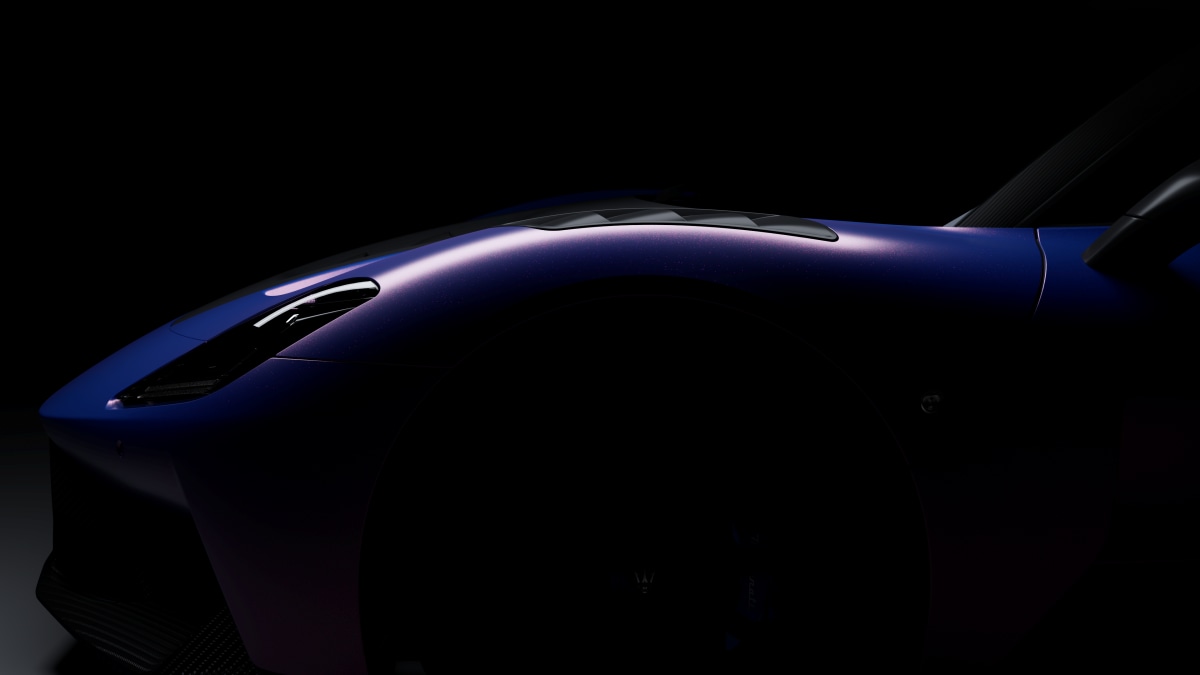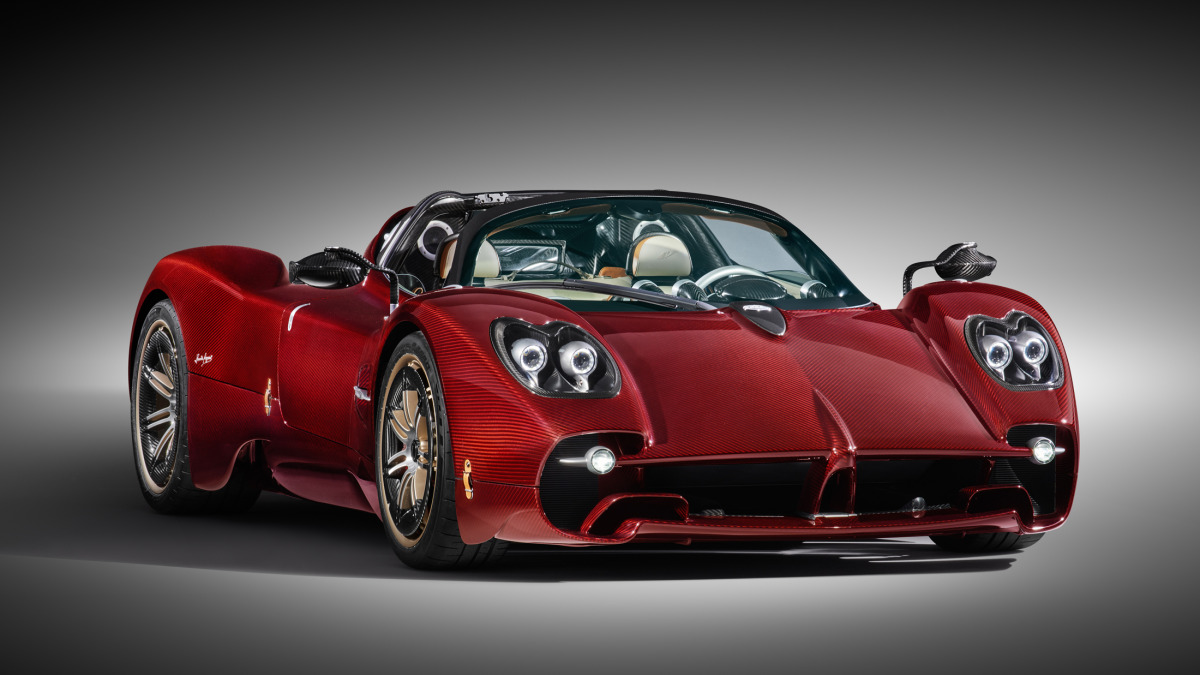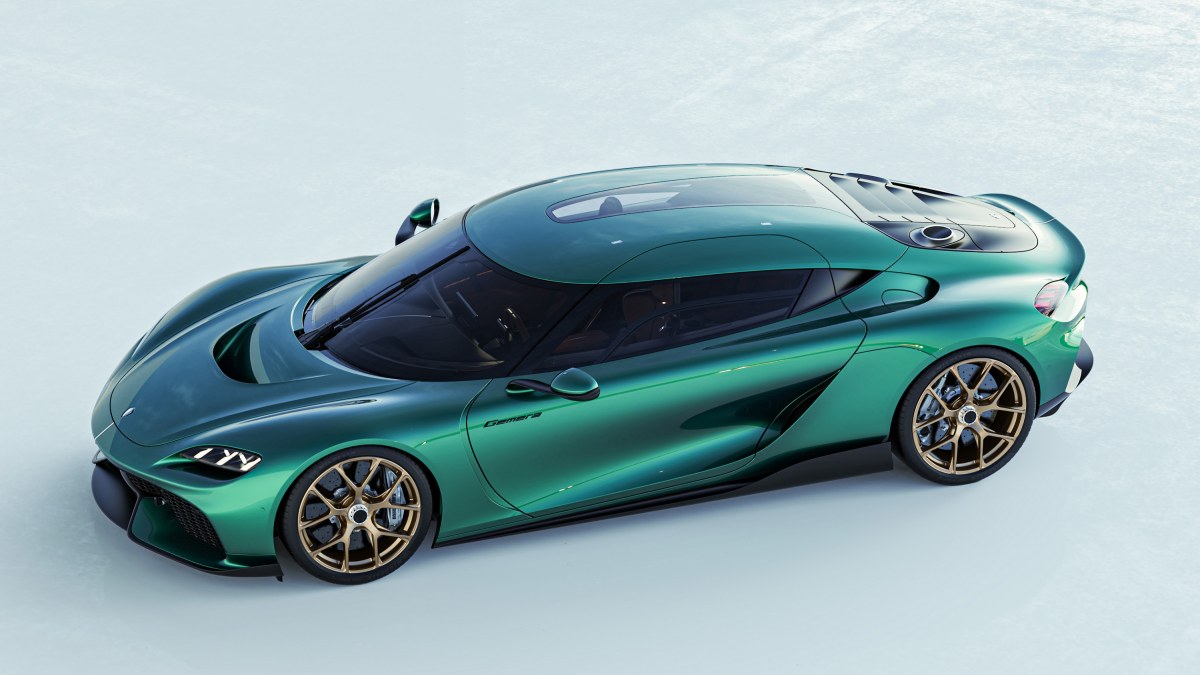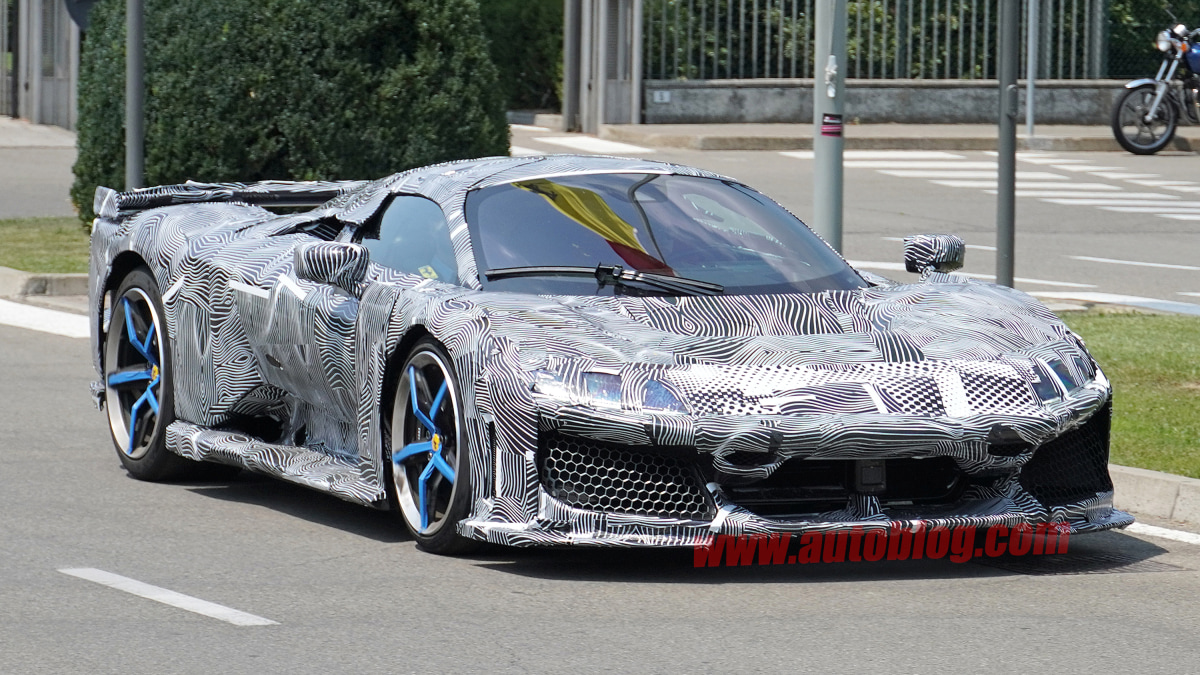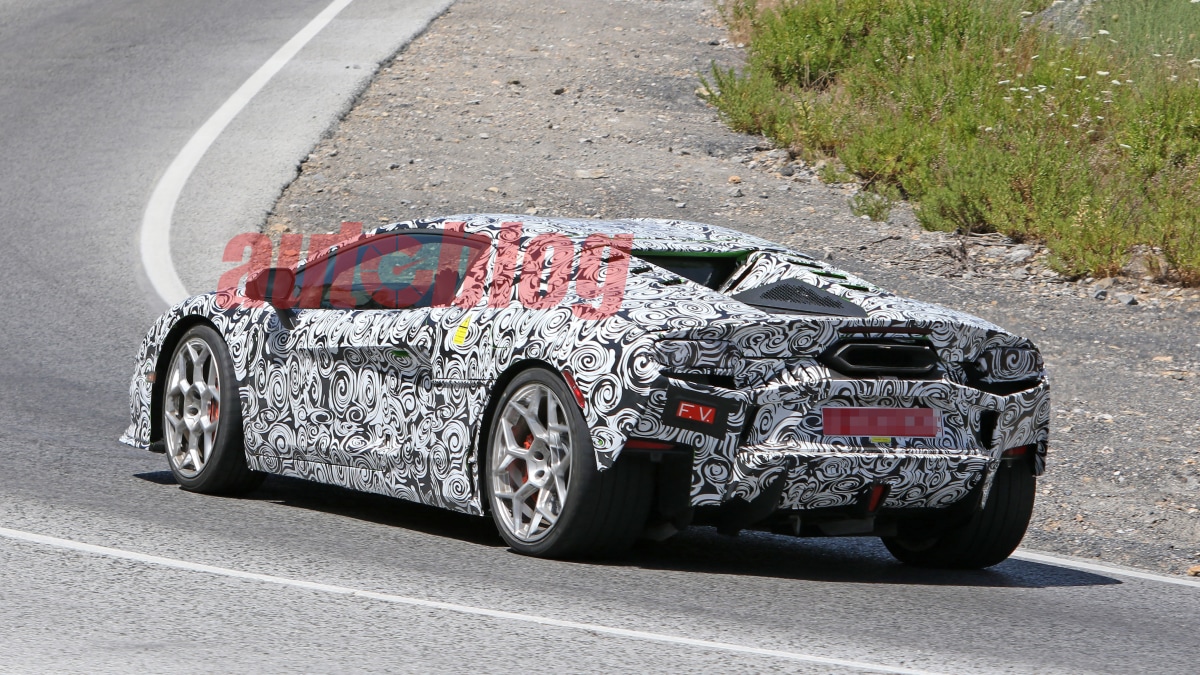In 1958, the four Walklett brothers founded Ginetta as a race car maker with the same focus on light weight and super-sharp performance as better-known companies like Ace, Caterham and Lotus. Today, the company makes race and road cars, organizes one-make series’ like the Ginetta Challenge run here in the U.S., and sells the GT6 Evo for FIA GT racing around the world. At the 2019 Geneva Motor Show, the company displayed its entry to the supercar game, a fair few levels above the 450-horsepower retro Ginetta G10 and modern Ginetta GTR. At the time, the former Akula (in the related gallery below) was projected to make 600 horsepower and 520 pound-feet of torque from a 6.0-liter V8, drape carbon fiber body panels over a carbon moncoque for curb weight of 2,535 pounds and a 49:51 weight balance, be limited to 20 units, and cost about 400,000 Great British Pounds.
Five years on, the production version of the Akula is ready, and almost all of the above numbers have been revised. The carbon monocoque stays, as do the steel roll cage and carbon fiber body panels. Carbon fiber subframes help support a double wishbone suspension with adjustable, pushrod-activated dampers all around; the front and rear roll bars are adjustable as well. The street engine is a billet aluminum block bored out to 6.4 liters divided among eight cylinders, sending 600 horsepower and 494 pound-feet of torque to the back axle through a limited-slip differential. Weight balance is now an ideal 50:50. Getting the 2,623-pound coupe from standstill to 62 miles per hour is said to take 2.9 seconds, the engine not running out of steam until the far side of 180 mph. That’s likely achieved with the seven-speed dual-clutch transmission, owners who want to ultimate engagement will select the six-speed manual.
Instead of the show car’s 19-inch front and 20-inch rear wheels, the retail Akula sits no 20-inch aluminum wheels. The P Zero rubber comes sized 265/35 in front, 305/35 in back. Behind the center-lock wheels, the standard ABS-equipped brake package gets four-piston calipers clamping 14.2-inch rotors at the four corners. An Akula Race Package upgrades to carbon ceramics, and installs a six-point racing harness.
Even though the aero-optimized bodywork is toned down from the Geneva car, there should be no doubt as to what the Akula was made to do. The interior reinforces the point even better than the copious ducting. Ginetta built the seats into the moncoque, making the steering wheel and pedal box electronically adjustable. Buyers will need to swing by the Ginetta offices to have their cars’ seats formed to their specific backsides.
However, touring is also a vital part of the brief. There’s a touchscreen infotainment system with Apple CarPlay, the iPhone kept ready with a wireless phone charger. The trunk holds nearly 17 cubic feet. And the 26.4-gallon gas tank is claimed to power a range of around 450 miles.
In 2019, Ginetta said it planned to build 20 Akulas in the first year of production. Now, the little firm plans to build just 20 Akulas, period, celebrating the 20-year anniversary of Dr. Lawrence Tomlinson buying the company. Pricing starts at 275,000 Great British Pounds ($362,400 U.S.) , and it’s not too late to get a build slot.
Oh, and if you’re wondering about the name, akula is Russian for “shark.”

